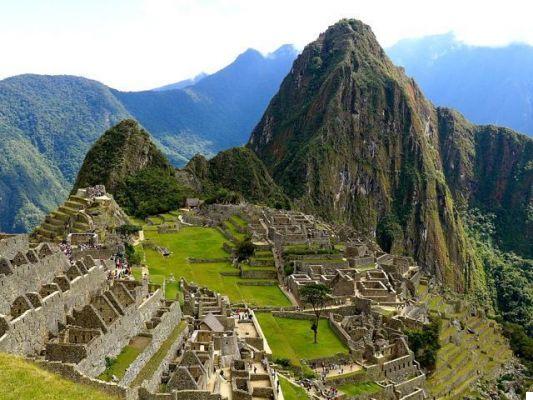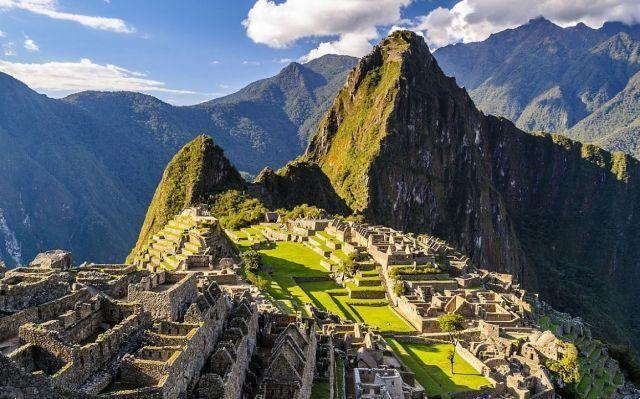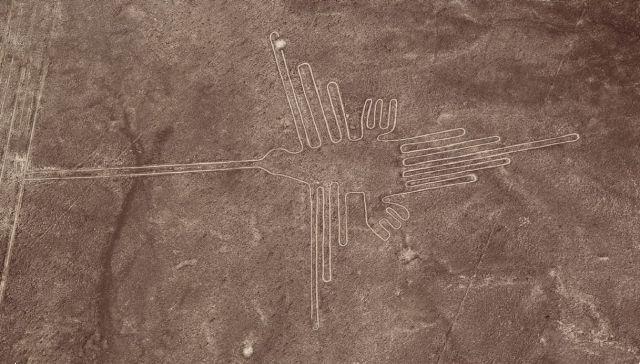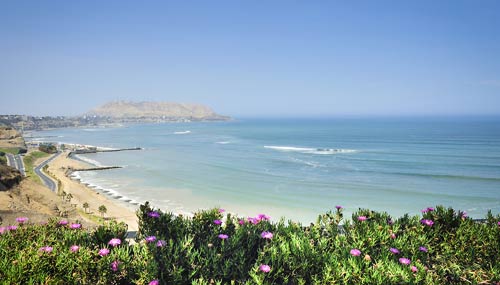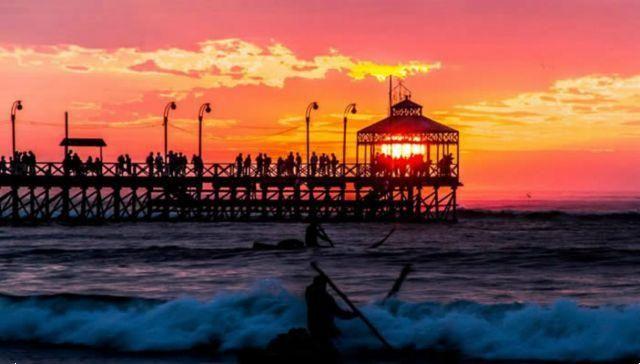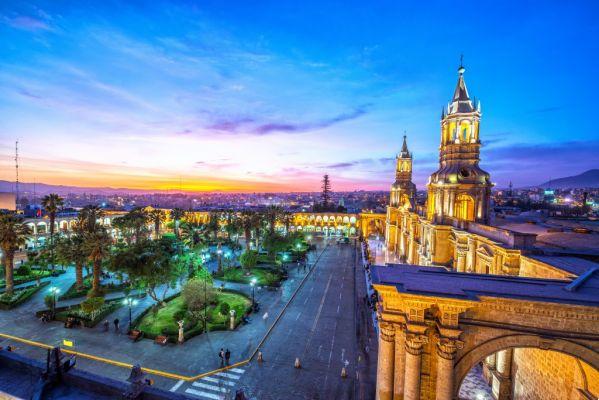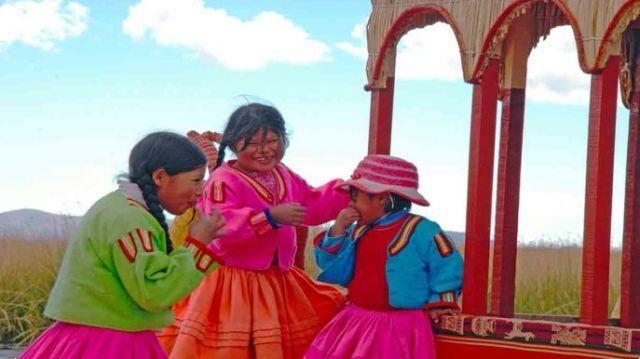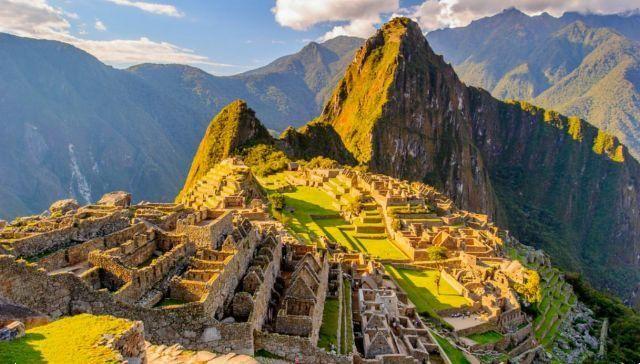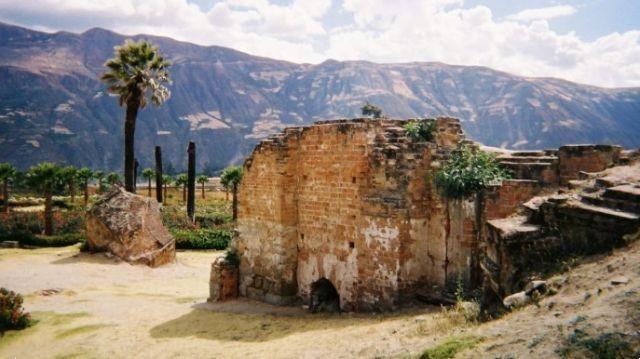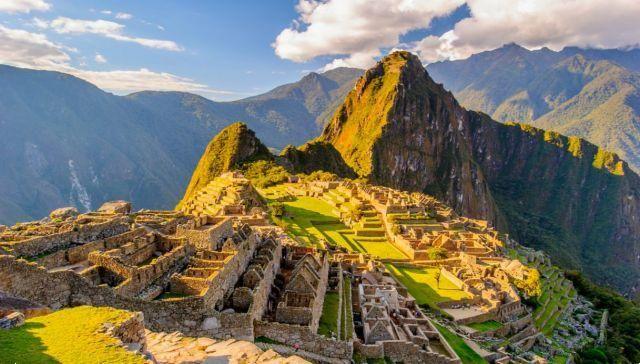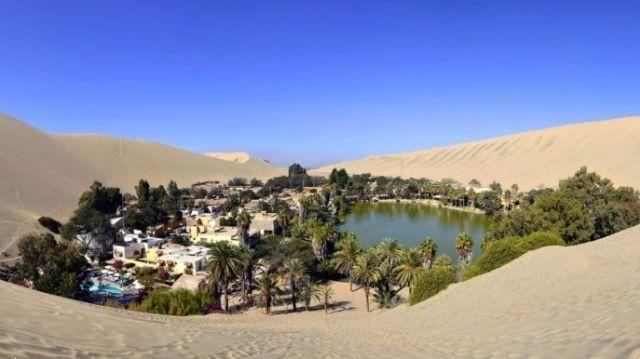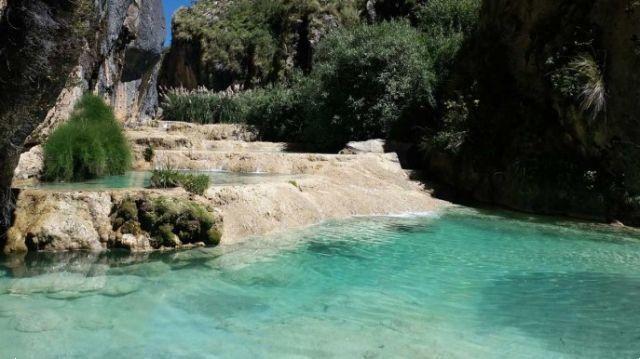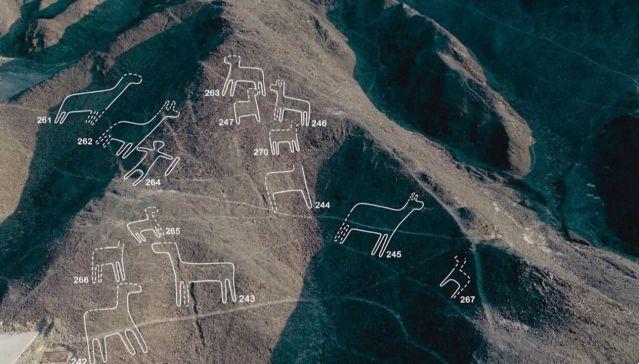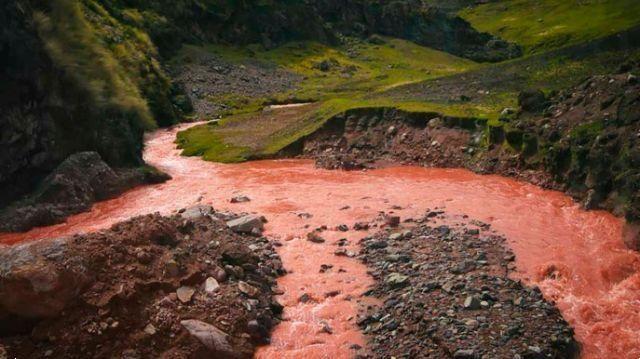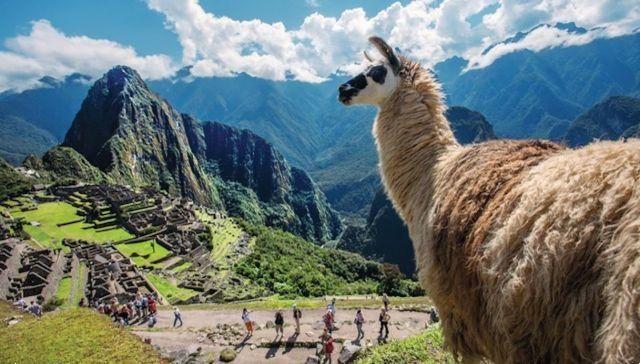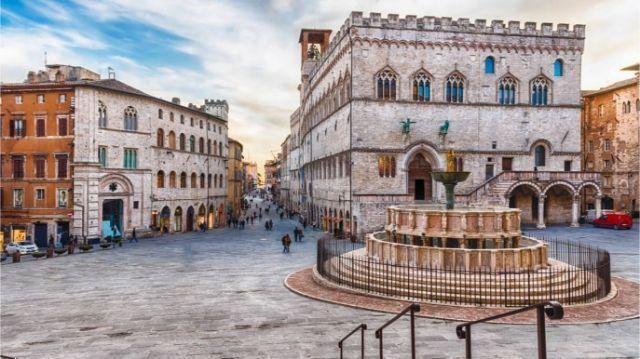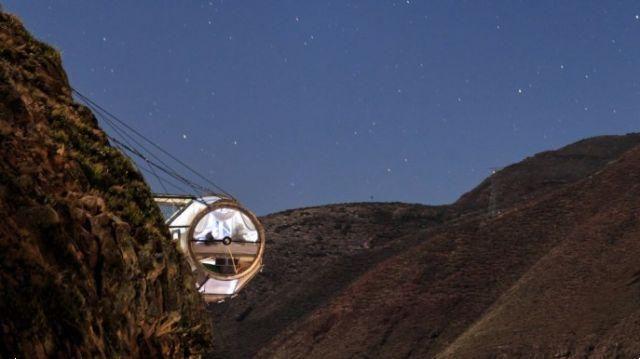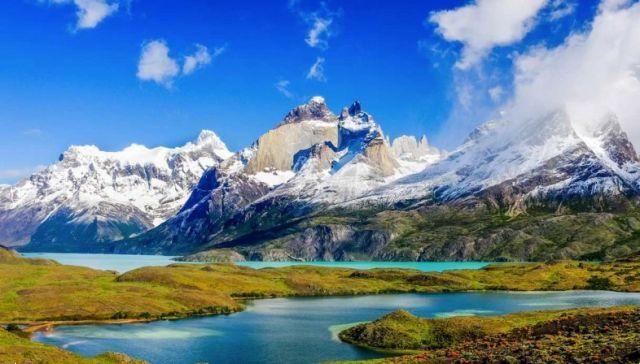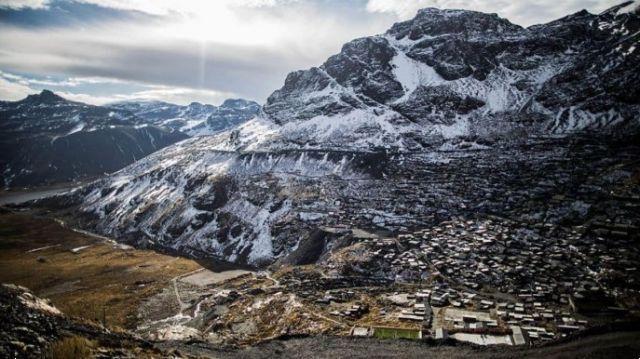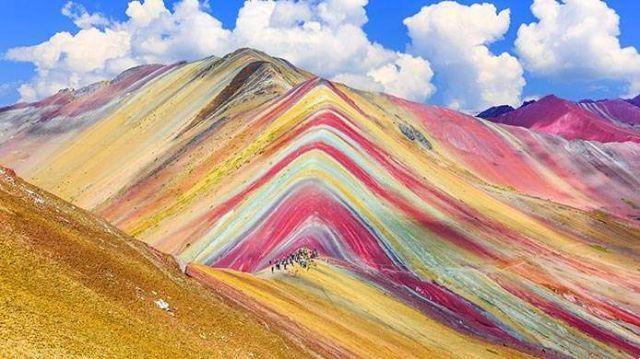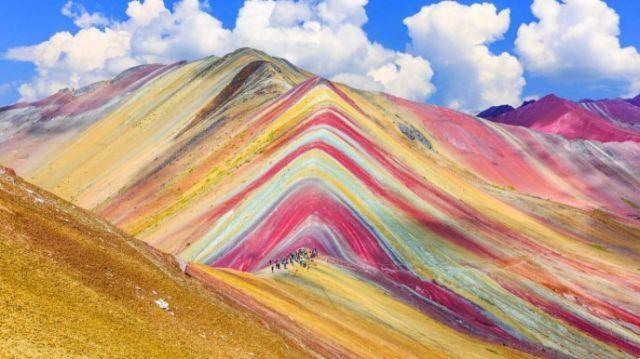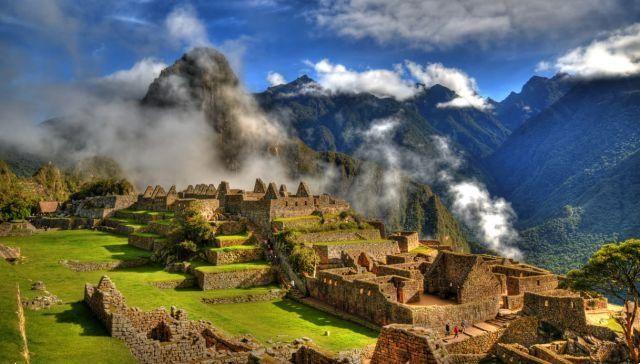 From Lima to Machu Picchu, passing through Nazca, Puno, Cuzco and the symbolic Peruvian places
From Lima to Machu Picchu, passing through Nazca, Puno, Cuzco and the symbolic Peruvian places
The first thing the traveler notices as soon as he lands in Lima is the humidity. The capital of Peru, overlooking the Pacific Ocean, is surrounded for many days a year by a fog called garua. She is not inviting at first glance. She is a megalopolis of over 8 million inhabitants besieged by traffic and smog, but it will be able to give its treasures to those who want to go beyond appearance.
The heart of the city is Plaza de Armas, where the government palace and the Basilica Maggiore overlook. Not far away there is the San Francisco Cathedral, with its catacombs, its cloisters with wooden ceilings and walls covered in azulejos. Numerous historic buildings, such as Casa de Aliga, Casa de Osambela, Casa de Pilatos, Casa de Riva Aguero. Don't miss the Gold Museum, the Museo Nacional de Antropologia y Arqueologia and the Museo della Nacion, which houses among other things a reproduction of the tomb of Lord of Sipan, but there are many others. Walk through Miraflores, an important commercial district overlooking the ocean, and Barranco, center of nightlife.
Parque El Olivar in San Isidro is also worth a visit, as is the central Market and the Chino barrio. In Lima you can taste Peruvian specialties: ceviche (marinated fish and seafood), anticuchos (skewers), papas a la huancaina (potatoes with cheese sauce), chupe de camarones (prawn soup) or Novo Andean style dishes culinary that aims to enhance native ingredients.
The journey continues south, along the coast, up to bay of Paracas. The center of the same name is a small village from which excursions to the Isole Ballestas, a nature reserve where they can be admired sea lions, pelicans, cormorants, Penguins, dolphins and the candelabra, which is not a Peruvian animal but a gigantic figure drawn on the coastal hills. Moving inward in direction Ica is theHuacachina oasis, surrounded by high sand dunes where Peruvians and tourists practice sandboarding, that is, surfing on the dunes with snowboards.
At this point it's Nazca's turn. A few minutes from the town, on the San José plain, extend the Nazca lines, enormous drawings drawn by "scratching" the stones on the surface and leaving the lighter layer of earth exposed below. Nobody knows exactly who made them and why. They can be admired partly from an observation tower. However, we advise you to do it on board an aircraft: it's really worth it. It is an indescribable emotion to see these mysterious drawings beneath you. Animals like the condor, hummingbird, whale, the spider, the monkey, the dog, hands and a curious figure called theastronaut. There are numerous theories about the lines: for some scholars it is a calendar, but there are those who claim it is one alien landing strip.
Arequipa it is located further south, capital of the department of the same name and second city in the country, an oasis in the desert Southern Sierra. It is nicknamed the 'White City' for its buildings and churches made of silar, a white stone of volcanic origin. Located at 2300 meters, Arequipa is surrounded by majestic volcanoes, Chachani, Pichu Pichu and Misti. The latter is a symbol of the city together with Juanita, the ice princess, a little girl sacrificed on the top of the Ampato volcano. Juanita's mummy was found perfectly preserved in 1995. It is now located at the Santuarios Andinos Museum.
You can't leave the city without visiting the St. Catherine's Monastery, a city within the city. It is a former cloistered convent, a golden prison where the rich daughters of the local aristocracy lived locked up. However, the vows of poverty and silence were not respected: the nuns lived in real apartments and had servants at their disposal. Walking through the streets of the convent means taking a step back in time.
After leaving the White City we enter the Sierra, direction Puno. The city overlooks Lake Titicaca, located between Peru and Bolivia (Peruvians say their side is the Titi, but if you ask Bolivians they will tell you the same thing). AND the highest navigable lake in the world (3820m). The islands of Taquile and Amantani, respectively the island of the Sun and the island of the Moon. Time seems to have stopped here. On the top of Amantani is the ancient one Pachamama temple: from here you can admire a beautiful sunset.
Taquile is located not far away. Don't be scared by the steps and reach the central square. Along the way it will not be difficult to find men who knit: they do the weaving and make beautiful wool hats. There are no hotels or hostals: those who want to stay overnight can stay with the locals. On the way to Puno you can visit the floating islands of the Uros made of totora. On the mainland, about forty kilometers from Puno, we advise you not to miss the Pre-Inca necropolis of Sullustani with his chullpa, torri funebri affacciate south mysterious lake Umayo.
After Puno we go back north, towards white mountain range. Destination Cuzco, ancient capital of the Inca empire, one of the most important destinations in the country. Inca buildings are discovered among the colonial buildings and baroque churches. In Cusco you will find many shops, bars, restaurants and pubs. It is worth stopping for a few days, as it represents a perfect base for visiting archaeological sites surrounding, as Stay, Pukapukara, Tambomachay, Sacsayhuamán. Not far away lies the Sacred Valley of the Incas, where we find Pisac, place of the market of the same name, and the mighty fortress of Ollantaytambo, which closes the valley.
From Cuzco you take the train to reach Agua Caliente, a town located at the foot of Machu Picchu. The more adventurous will be able to travel the road on foot, with a trek lasting a few days along the paths of the Inca trail. Every year visitors from all over the world travel to Peru to admire the archaeological complex located on the outskirts of Peru Amazon rainforest, in the valley ofUrubamba. A unique place in the world that will take your breath away.
At this point from Cuzco we return to Lima international airport, to return home. Or you can set off again in a northerly direction, towards La Graziosa Trujillo, visit Chan Chan, the ancient Chimu capital and the largest pre-Columbian city in South America. And even further up, along the beaches of Tumbles, and then delves into Amazon rainforest, on the border with Brazil. But we'll tell you about this another time.




